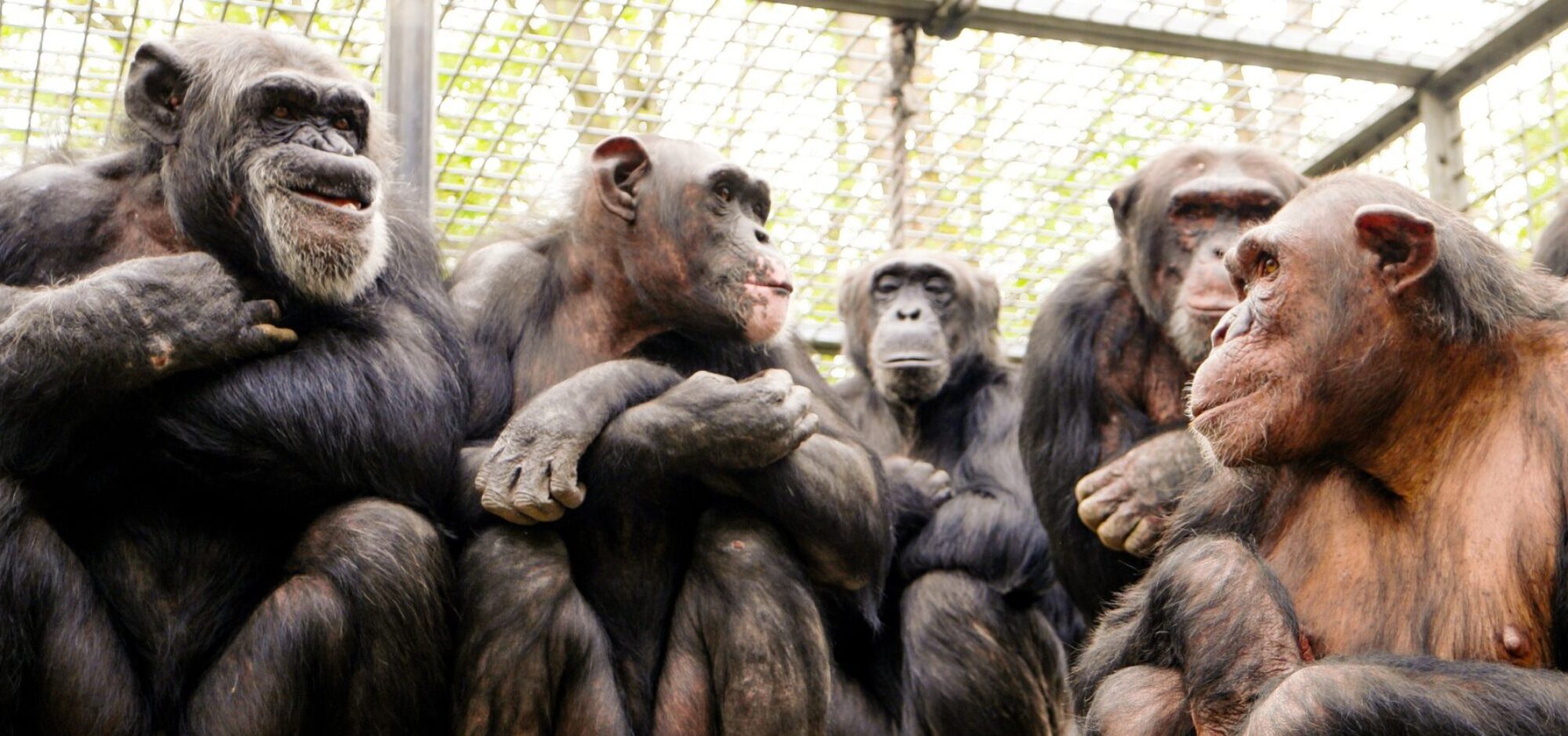What’s Behind Humanity’s Love-Hate Relationship With Exercise?
Evolutionary history can help resolve the question of why so many people desire a physical break even when their bodies need movement.
By Marina Krakovsky
https://www.sapiens.org/biology/evolutionary-history-exercise
(…)
“What is it about human nature that pulls people to the chair or the couch when they’d be better off moving on their feet? The resolution to this paradox lies in evolutionary history, says David Raichlen, a professor of biological sciences at the University of Southern California.
Raichlen is one of several anthropologists studying how the evolutionary history of the human body shapes health today. In 2012, for example, he and his colleagues published findings from an experimental examination of the runner’s high, the experience of euphoria that some people report during aerobic exercise.
The experiments compared levels of particular feel-good chemicals—called endocannabinoids—in the brains of humans and two other species before and after treadmill exercise. Raichlen and his colleagues found significantly higher endocannabinoid levels in humans and dogs—but not ferrets—following this high-intensity activity. This finding is revealing because humans and dogs evolved to need endurance for hunting food and ferrets did not. The runner’s high could therefore be evolutionarily advantageous to some species, helping creatures run for longer distances to hunt for food despite the high energy costs of running.
In his quest to understand human health, Raichlen also does fieldwork with Tanzania’s Hadza people, a contemporary hunter-gatherer tribe. This community attracts scholars in part because the Hadza way of life resembles that of hunter-gatherers who lived prior to the development of agriculture in many societies some 10,000 years ago. The Hadza, Raichlen notes with affection, are “super-wonderful people,” and studying them could offer clues to what life was like for hunter-gatherers in the past.
(…)
Research on the Hadza certainly supports the idea that physical activity benefits health. For example, Hadza are more susceptible to deadly infections than people in industrialized societies because of differences in hygiene and medical care. Yet those Hadza who survive these dangers tend to live long and healthy lives because they are far less prone than people in industrialized societies to what public health experts call “lifestyle diseases,” such as obesity, heart disease, and Type 2 diabetes. In fact, research shows that increasing one’s physical activity reduces the risk of developing these chronic diseases.
(…)
Like the sweet tooth at a time when calories are abundant, the need for much more physical activity than many people get is an evolutionary mismatch between human physiology and the present environment.
(…)
“The whole point of life is turning energy into kids—that’s evolution,” says Herman Pontzer, an evolutionary anthropologist at Duke University who frequently collaborates with Raichlen, including on the study of rest.
“Natural selection favors any strategy that makes you better at turning energy in your environment into offspring,” Pontzer says. Resting is part of such a strategy: In an energy-scarce environment, a strong drive to burn calories when you didn’t have to would have died out through natural selection.
(…)
Though not through conscious choice, sedentary Americans and physically active Hadza both follow this rule. “Our desire to rest is as strong as it’s ever been,” Raichlen says. This desire, he adds, often overcomes the choice to exercise. When you take away the need to move and make exercise a choice, as our current environment has done, he adds, “it takes a lot of motivation to do it.”
(…)
Unfortunately, people who live more sedentary lives can’t expect their bodies to adapt to that new mode any time soon. For one thing, in the time scale of human evolutionary history, “even a thousand years is the blink of an eye,” Pontzer says. “The other thing to understand,” he adds, “is that a lot of [lifestyle] diseases don’t kick in until after you’ve had your kids.”
